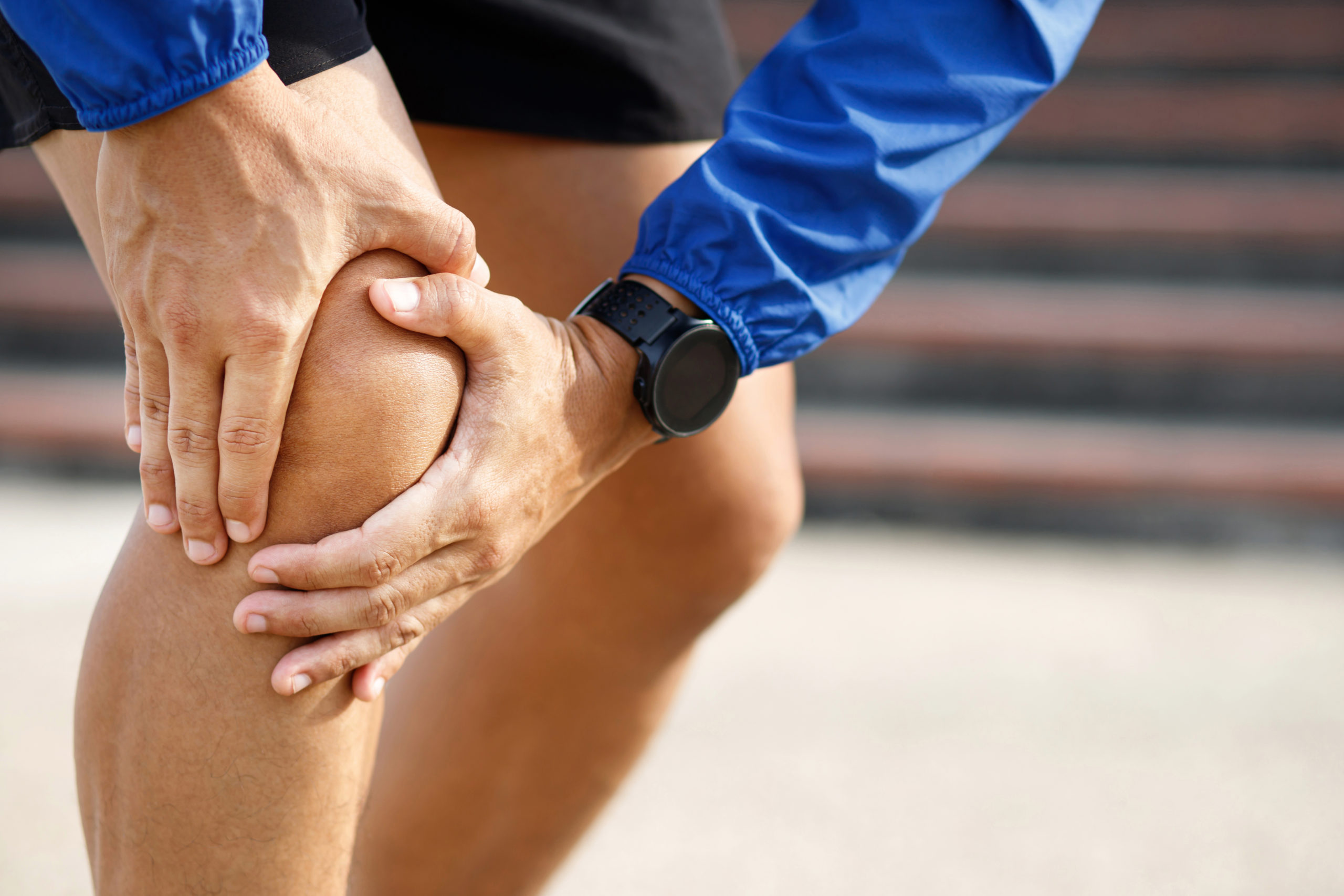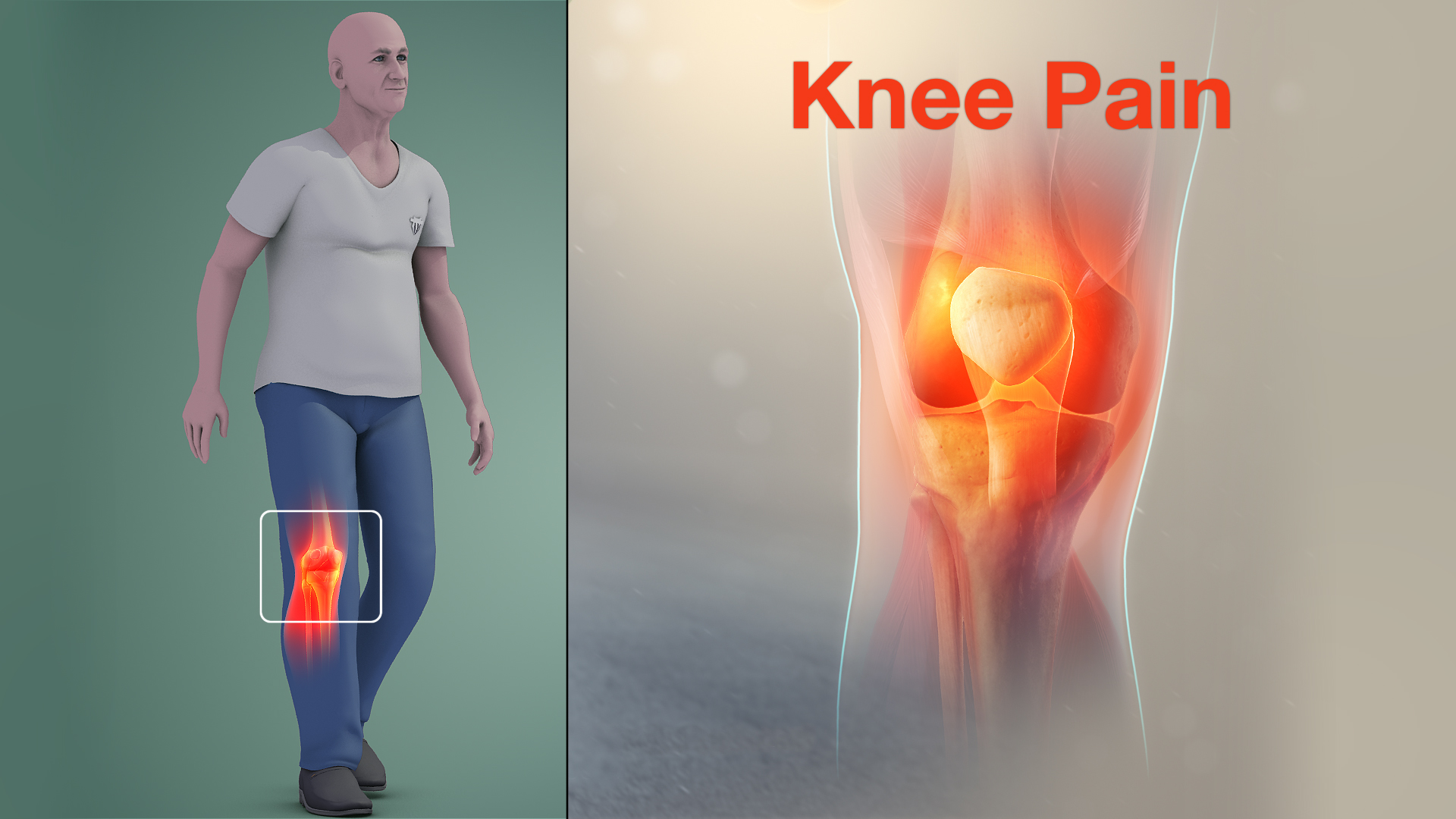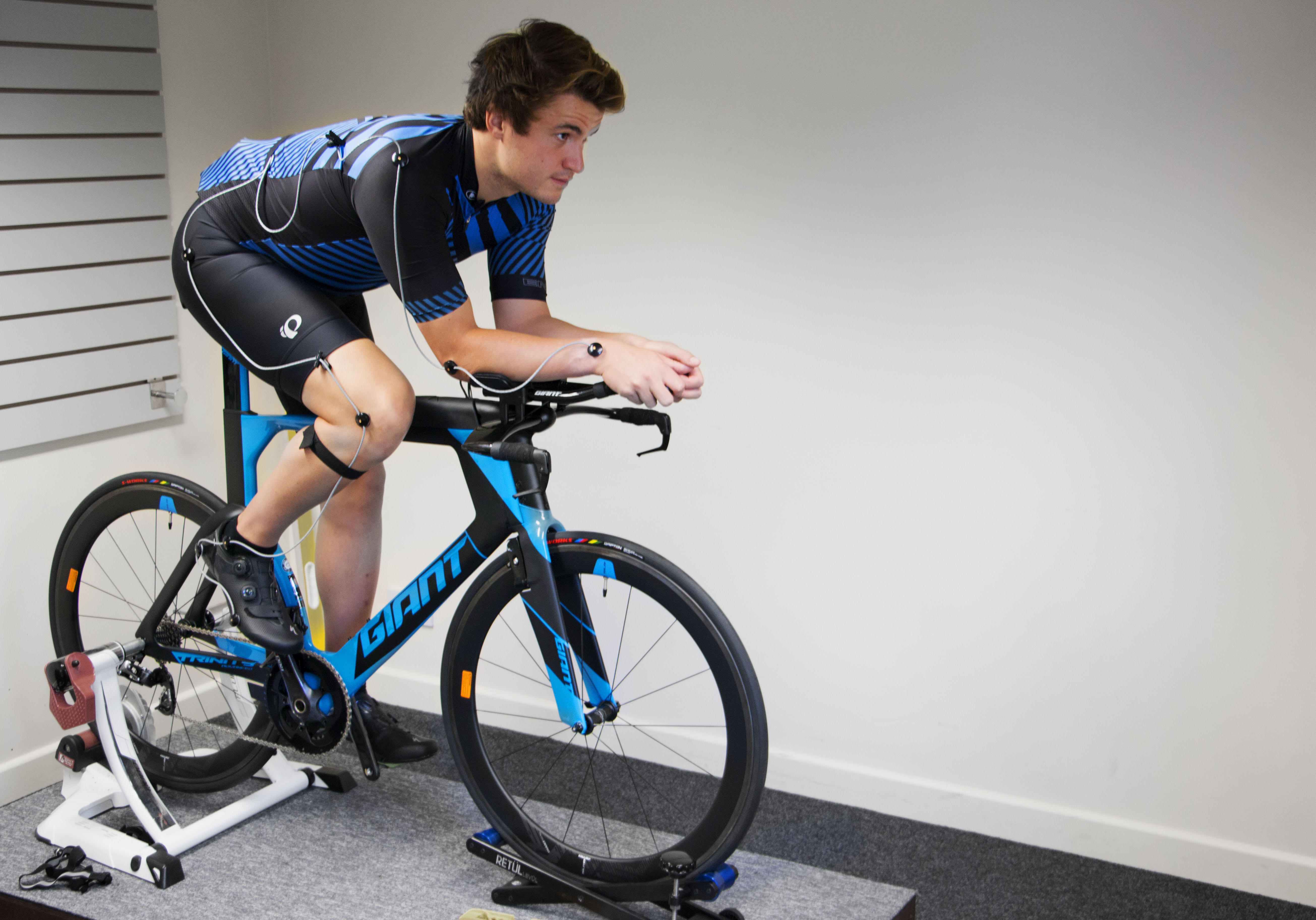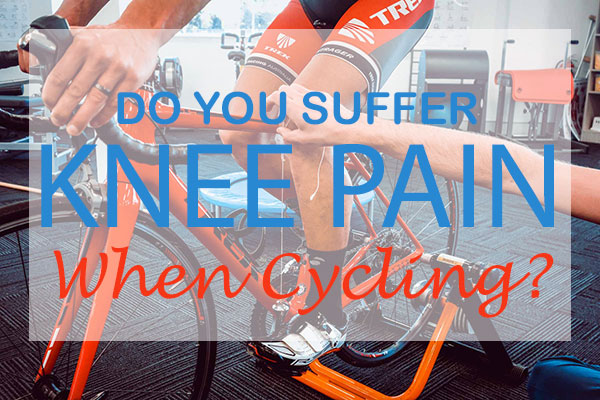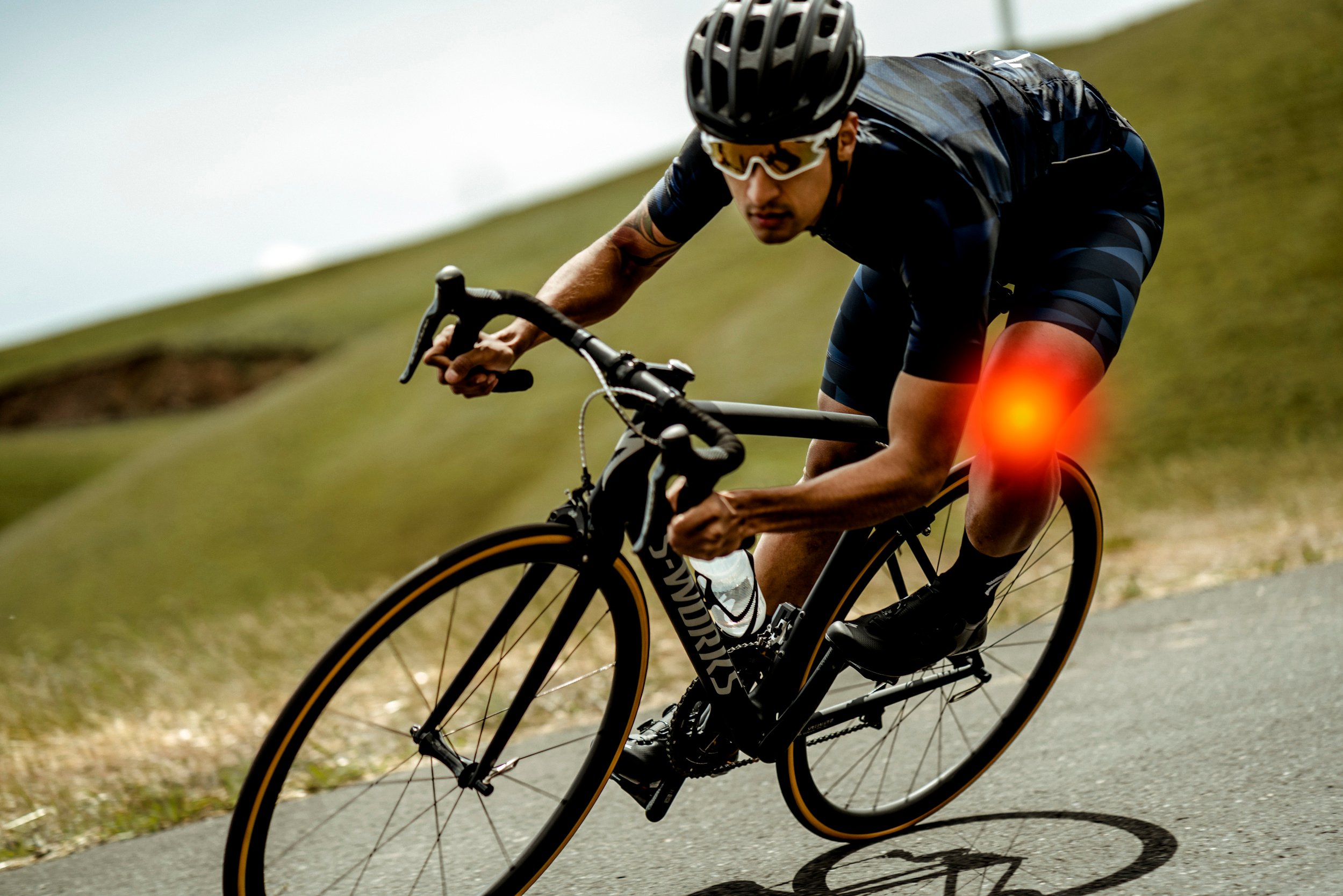The Hidden Dangers of Knee Strain on the Bike
Knee pain from biking is a common issue that affects many cyclists, from casual riders to professional athletes. While it may seem like a minor annoyance, ignoring knee pain can lead to long-term damage and chronic discomfort. In fact, studies have shown that cyclists who neglect to address knee pain are more likely to experience decreased performance, reduced endurance, and even premature retirement from the sport. Moreover, knee pain from biking can also have a significant impact on daily life, making everyday activities like walking or climbing stairs a painful ordeal.
The good news is that knee pain from biking is often preventable and treatable. By understanding the root causes of knee strain and taking proactive steps to address them, cyclists can enjoy a pain-free riding experience. In this article, we’ll delve into the hidden dangers of knee strain on the bike and provide practical tips and strategies for preventing and managing knee pain from biking.
How to Identify the Root Cause of Your Knee Pain
Identifying the root cause of knee pain from biking is crucial in preventing long-term damage and maintaining cycling performance. Knee pain can stem from a combination of factors, including bike fit, riding style, and underlying medical conditions. To self-diagnose and identify the root cause of knee pain, cyclists should consider the following factors:
Bike fit is a common culprit behind knee pain from biking. A bike that doesn’t fit properly can put unnecessary stress on the knees, leading to pain and discomfort. Cyclists should ensure that their saddle height, handlebar position, and pedal alignment are optimized for their body geometry.
Riding style is another critical factor to consider. Cyclists who ride with an aggressive or uneven pedaling style may put excessive stress on their knees, leading to pain and strain. Additionally, cyclists who ride with their knees bent or extended beyond a 90-degree angle may also experience knee pain.
Underlying medical conditions, such as patellofemoral pain syndrome, IT band syndrome, and osteoarthritis, can also contribute to knee pain from biking. Cyclists with a history of knee injuries or conditions should take extra precautions to prevent knee pain and strain.
To identify the root cause of knee pain, cyclists can try the following self-diagnosis techniques:
– Keep a cycling journal to track pain patterns and correlate them with specific rides or conditions.
– Experiment with different bike fits and riding styles to see if knee pain improves or worsens.
– Consult with a doctor or physical therapist to rule out underlying medical conditions.
By understanding the root cause of knee pain from biking, cyclists can take targeted steps to prevent and manage knee pain, ensuring a pain-free and enjoyable riding experience.
The Role of Bike Fit in Preventing Knee Strain
A proper bike fit is essential in preventing knee pain from biking. A bike that fits correctly can reduce the risk of knee strain and discomfort, allowing cyclists to ride longer and more efficiently. Conversely, a poorly fitting bike can put unnecessary stress on the knees, leading to pain and injury.
There are several key components to a proper bike fit, including saddle height, handlebar position, and pedal alignment. Cyclists should ensure that their saddle height is adjusted to allow for a slight bend in the knee, typically between 25-30 degrees. This will help to reduce pressure on the knee joint and minimize the risk of strain.
Handlebar position is also critical in preventing knee pain from biking. Cyclists should ensure that their handlebars are at a comfortable height, allowing them to maintain a relaxed riding position. This will help to reduce strain on the knees and prevent discomfort.
Pedal alignment is another important factor to consider. Cyclists should ensure that their pedals are aligned with their foot position, allowing for a smooth and efficient pedaling motion. This will help to reduce knee impact and prevent strain.
To adjust your bike fit and reduce knee strain, cyclists can try the following tips:
– Consult with a professional bike fitter to ensure a proper bike fit.
– Experiment with different saddle heights and handlebar positions to find a comfortable riding position.
– Consider investing in a bike with adjustable components, such as a adjustable stem or seatpost.
By ensuring a proper bike fit, cyclists can reduce the risk of knee pain from biking and enjoy a more comfortable and efficient riding experience.
Strengthening Your Core and Legs for Pain-Free Cycling
Strong core and leg muscles are essential for supporting the knees while cycling, reducing the risk of knee pain from biking. When the core and legs are weak, the knees are forced to absorb more shock and stress, leading to discomfort and strain.
Cyclists can strengthen their core and legs through a variety of exercises and stretches. Here are some effective exercises to get started:
– Squats: Stand with your feet shoulder-width apart and slowly lower your body down into a squat, keeping your back straight and your knees behind your toes. Push back up to the starting position and repeat for 3 sets of 10 reps.
– Lunges: Stand with your feet together and take a large step forward with one foot. Lower your body down into a lunge, keeping your back straight and your front knee behind your toes. Push back up to the starting position and repeat on the other side. Do 3 sets of 10 reps on each leg.
– Leg Press: Sit on a leg press machine with your feet shoulder-width apart on the platform. Push the platform away from you, extending your legs. Slowly lower the platform back down to the starting position and repeat for 3 sets of 10 reps.
– Calf Raises: Stand on a step or platform with your heels hanging off the edge. Raise up onto your tiptoes and then lower back down to the starting position. Repeat for 3 sets of 10 reps.
In addition to strengthening exercises, cyclists should also incorporate stretches to improve flexibility and reduce muscle tension. Here are some effective stretches to try:
– Knee to Chest Stretch: Lie on your back and bring one knee towards your chest. Hold for 30 seconds and then switch sides.
– Hamstring Stretch: Sit on the floor with your legs straight out in front of you. Lean forward, reaching for your toes, and hold for 30 seconds.
– Quad Stretch: Stand with one hand against a wall for balance and lift one leg behind you, keeping your knee straight. Hold for 30 seconds and then switch sides.
By incorporating these exercises and stretches into your training routine, cyclists can reduce the risk of knee pain from biking and enjoy a more comfortable and efficient ride.
Proper Pedaling Technique to Reduce Knee Impact
Proper pedaling technique is essential for reducing knee impact and preventing knee pain from biking. When cyclists use poor pedaling technique, they put unnecessary stress on their knees, leading to discomfort and strain.
One of the most important aspects of proper pedaling technique is maintaining a smooth pedal stroke. This means avoiding sudden jerky movements and instead using a smooth, circular motion to pedal. Cyclists can practice this by focusing on pedaling in a smooth, consistent rhythm, rather than trying to mash down on the pedals.
Using clipless pedals can also help reduce knee impact. Clipless pedals allow cyclists to pedal more efficiently, reducing the amount of stress on the knees. Additionally, clipless pedals can help cyclists maintain a smooth pedal stroke, as they are forced to pedal in a circular motion.
Optimizing cadence is another key aspect of proper pedaling technique. Cyclists should aim to maintain a cadence of around 80-100 revolutions per minute, as this is the most efficient and knee-friendly range. A higher cadence can help reduce knee impact, as it allows cyclists to pedal more quickly and efficiently.
Other tips for reducing knee impact through proper pedaling technique include:
– Avoiding over-gearing, which can put unnecessary stress on the knees.
– Keeping the knees slightly bent, rather than straight, to reduce pressure on the joint.
– Focusing on pedaling with the balls of the feet, rather than the heels, to reduce stress on the knees.
By incorporating these tips into their pedaling technique, cyclists can reduce the risk of knee pain from biking and enjoy a more comfortable and efficient ride.
Knee-Friendly Cycling Accessories: Do They Really Work?
Knee pain from biking can be debilitating, and many cyclists turn to specialized accessories to alleviate the discomfort. But do these accessories really work? In this section, we’ll review popular cycling accessories designed to reduce knee pain and provide an honest assessment of their effectiveness and value.
Knee Pads: Knee pads are a popular accessory among cyclists, claiming to provide cushioning and support for the knees. While they may provide some comfort, knee pads are not a substitute for proper bike fit and pedaling technique. In fact, relying solely on knee pads can lead to poor pedaling form, exacerbating knee pain from biking. Verdict: 2/5 stars – may provide some comfort, but not a long-term solution.
Orthotics: Custom orthotics can be beneficial for cyclists with underlying foot or ankle issues that contribute to knee pain. However, off-the-shelf orthotics may not provide the same level of support and customization. Verdict: 3.5/5 stars – effective for cyclists with specific foot or ankle issues, but may not be suitable for all.
Ergonomic Grips: Ergonomic grips are designed to reduce pressure on the hands and wrists, which can contribute to knee pain from biking. While they may provide some comfort, their effectiveness in reducing knee pain is limited. Verdict: 2.5/5 stars – may provide some comfort, but not a direct solution to knee pain.
In conclusion, while these accessories may provide some comfort and support, they should not be relied upon as the sole solution to knee pain from biking. Cyclists should prioritize proper bike fit, pedaling technique, and strengthening exercises to address the root cause of knee pain. By combining these accessories with a comprehensive approach to knee health, cyclists can enjoy a more comfortable and pain-free ride.
When to Seek Professional Help for Persistent Knee Pain
If knee pain from biking persists despite self-help measures, it’s essential to seek professional help from a doctor, physical therapist, or bike fitter. These professionals can provide a comprehensive evaluation and diagnosis to identify the underlying cause of knee pain.
A doctor can rule out any underlying medical conditions that may be contributing to knee pain, such as tendonitis or ligament sprains. They may also recommend imaging tests, such as X-rays or MRIs, to further diagnose the issue.
A physical therapist can assess muscle imbalances and weaknesses that may be contributing to knee pain. They can develop a customized exercise program to strengthen the core and leg muscles, improve flexibility, and enhance pedaling technique.
A bike fitter can assess the bike’s fit and make adjustments to optimize the riding position, reducing pressure on the knees. They may also recommend changes to the saddle height, handlebar position, and pedal alignment to alleviate knee strain.
When seeking professional help, cyclists should be prepared to provide a detailed history of their knee pain, including the duration, severity, and any factors that exacerbate or relieve the pain. They should also be prepared to undergo a physical examination and provide information about their cycling habits, including frequency, distance, and terrain.
By seeking professional help, cyclists can receive a personalized treatment plan to address knee pain from biking, reducing the risk of long-term damage and improving overall cycling performance.
Maintaining a Pain-Free Cycling Routine: Tips and Tricks
To maintain a pain-free cycling routine, it’s essential to incorporate regular bike maintenance, stretching routines, and cross-training exercises into your cycling regimen. By doing so, cyclists can reduce the risk of knee pain from biking and improve overall cycling performance.
Regular bike maintenance is crucial in preventing knee pain from biking. Cyclists should regularly check and adjust the bike’s fit, ensuring that the saddle height, handlebar position, and pedal alignment are optimized for their riding style. Additionally, cyclists should clean and lubricate the chain, check tire pressure, and inspect the brakes to ensure the bike is running smoothly.
Stretching routines can also help reduce the risk of knee pain from biking. Cyclists should incorporate exercises that target the quadriceps, hamstrings, and glutes, such as lunges, leg swings, and calf raises. These exercises can help improve flexibility and reduce muscle imbalances that contribute to knee pain.
Cross-training exercises can also help reduce the risk of knee pain from biking. Cyclists can incorporate low-impact exercises, such as swimming or elliptical training, to improve cardiovascular fitness and strengthen the muscles without putting excessive strain on the knees.
Furthermore, cyclists can incorporate strength training exercises to target the core and leg muscles, such as squats, deadlifts, and leg press. These exercises can help improve pedaling efficiency and reduce the risk of knee pain from biking.
By incorporating these tips and tricks into their cycling routine, cyclists can reduce the risk of knee pain from biking and maintain a pain-free cycling routine. Remember, prevention is key, and by taking proactive steps to address knee pain, cyclists can enjoy a lifetime of pain-free pedaling.


